We all experienced it: light flicker! When concentrating on a piece of work or dead tree text, the light suddenly goes berserk and flash like a stroboscope on the dance-floor.
After fixing a TV with LED backlight, let’s dive in different performance of light fixture/light bulbs.
This effect is especially present in LED light fixtures where there is no inertia: incandescent or fluorescent light have a thermal or phosphor inertia and continue to glow a flick of second after the power is cut. But not the LED (even though there is some phosphor in them), this leads to have a close relation of the light intensity and the supply voltage.
Most of LED light bulb are supplied from main, the quality of the AC/DC converter takes a main role here. Because good rectification and filtering cost, manufacturer are cutting them, and you get this effect.
You can find two type of power supply on LED bulbs: simple rectification with LED string to match the AC rectified voltage. Or AC/DC converter with inductor and constant current control (this is what you want).
I wanted to “quantify” it, more that just a feeling, but didn’t want to drop hard cash (k€$ range) for dedicated equipment.
So I used one of the simplest and cheaper photo sensor on the market: a NPN phototransistor, (not a photoresistance as the bandwith is to small), in addition with a 10k resistor, connected to the GND (ring 2) and MIC (sleeve).
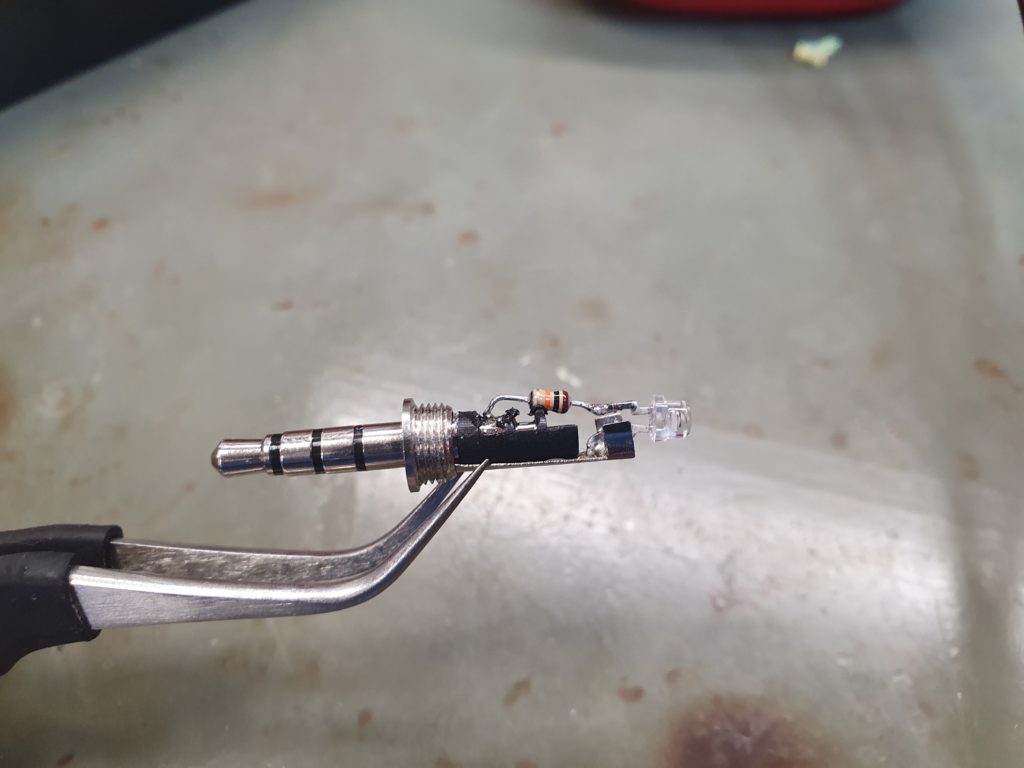
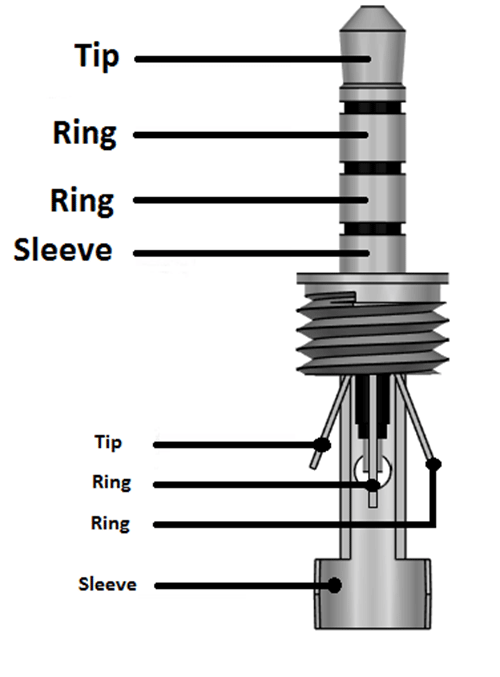
Then use a simple Android software, called Oscilloscope

The result is then very straightforward, especially in spectrum analyzer:
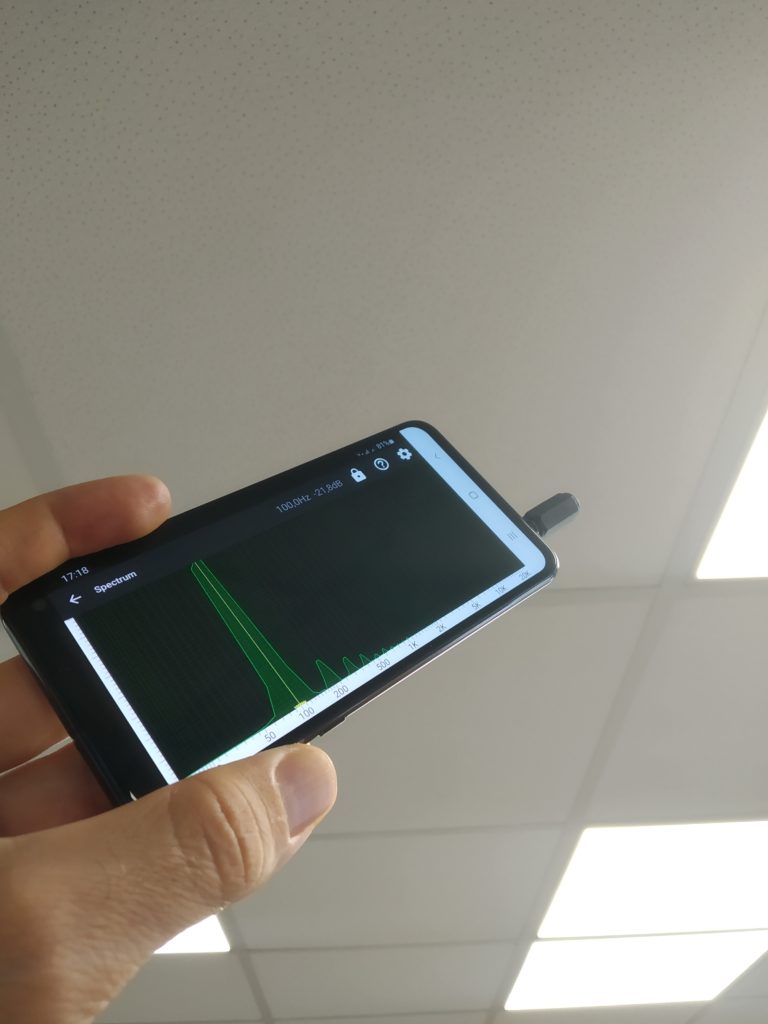
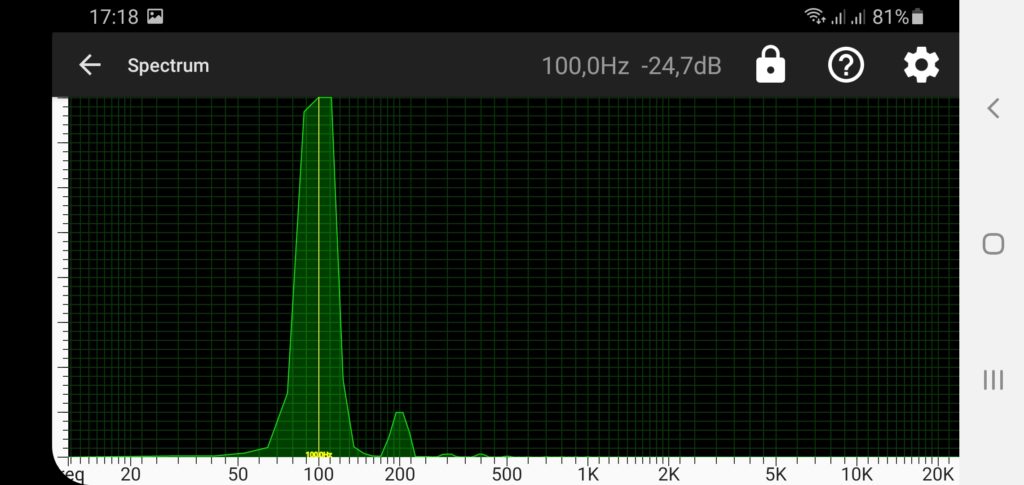
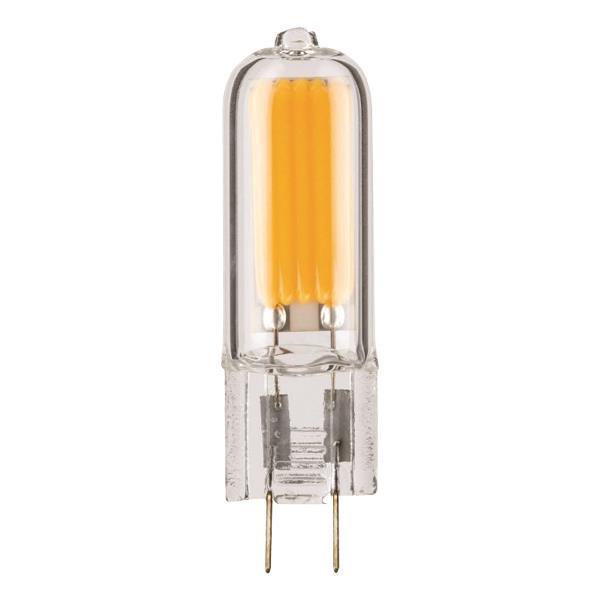
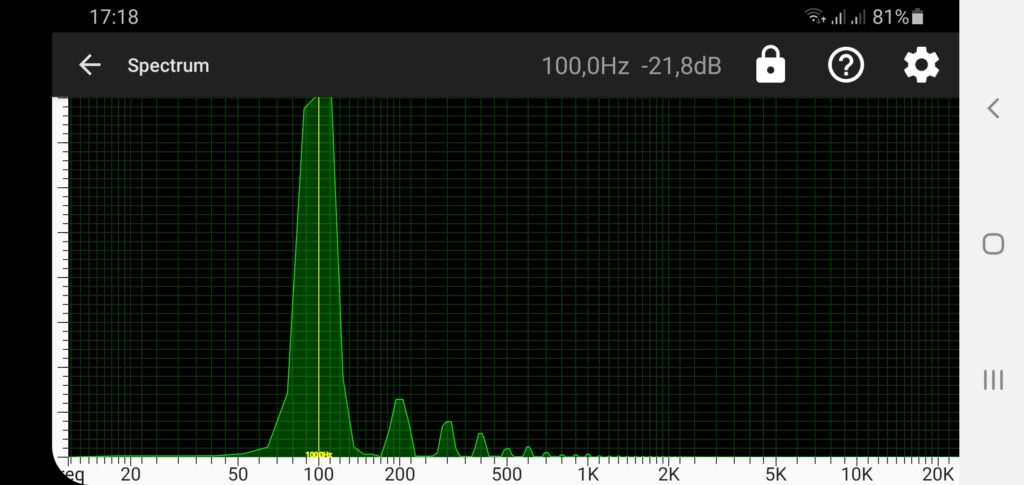
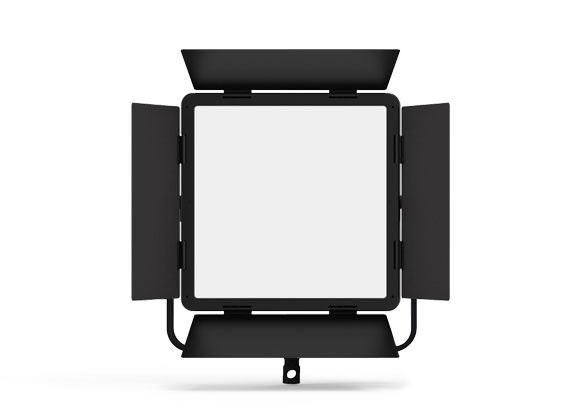
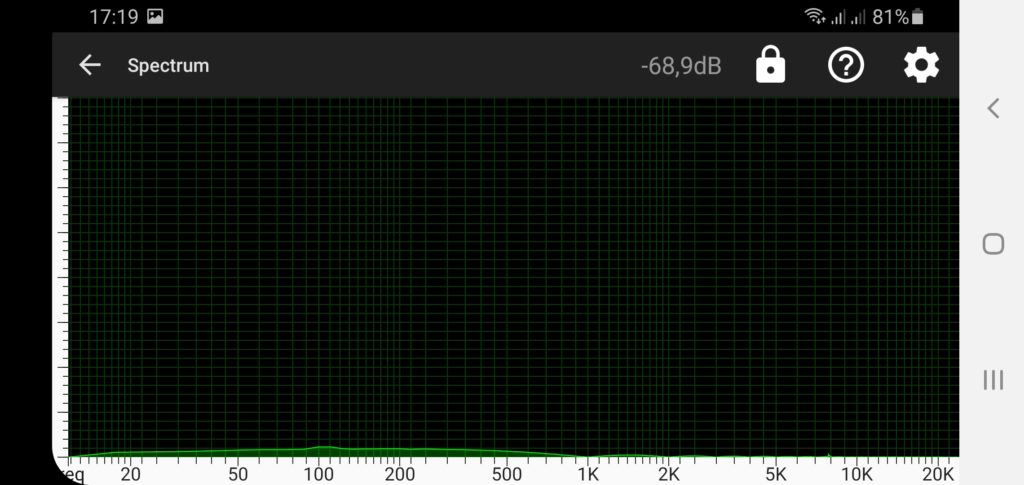
I now always have this small 3.5mm 4 ring photo-transistor adapter in my pocket when shopping light bulb/appliances in home improvement, so I can point it and discard the worst devices.
If someone comes up with a better idea, to measure more accurately amplitude and ideal the spectrum (would need a dedicated color sensor though), with an easy to use interface, that would be awesome.

Pingback: Measuring LED Flicker, With Phototransistor And Audio App - Home Automation
Instead of a color sensor, how about 3 color filters?
Dedicated chip exist for color sensing:
https://wiki.seeedstudio.com/Grove-I2C_Color_Sensor/
And with 3.5mm jack data transmission:
https://software.intel.com/content/www/us/en/develop/articles/using-the-audio-jack-as-data-interface-on-android-systems.html
For shopping, it is usually good enough to watch the light trough the phone camera.
Bad ones flicker a lot.
That’s a great idea. But sometime, flicker is just a stroboscopic effect and dont give you frequency of the nuisance.
Hi
can you share the part number for that phototransistor?
thanks!
Ernesto
Any photo-transistor will do.
Hi there!
Pretty good idea!
I tried to build up the setup, but I have a problem:
my smartphone doesn’t recognize the “new external microphone”, so all I can “see” is my voice on the screen.
I tried to change the input source within the oscillospope app, but this does not change anything.
This problem is on my smartphone as well as on my tablet.
Any ideas?
Best regards
Cobraball
This worked so well for such a simple build! Thanks a lot! I was thrown off by the fact that all the NPN Phototransistors I could find were listed as 800nm+, and I didn’t know how much IR content LED sources would have, but even so it seems to work well across all the lights I’ve tested.